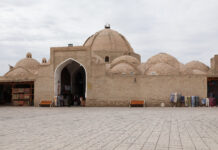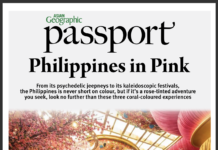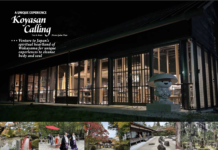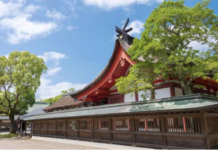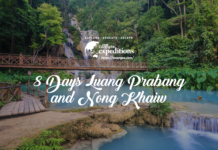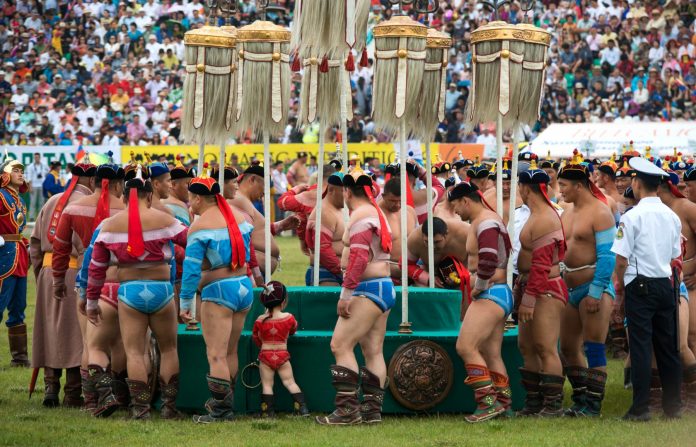
The Naadam games in Mongolia send the country into a festive frenzy every summer as people revive the ancient glory of a lost empire.
Text Zigor Aldama
Photos Miguel Candela
Summer is undeniably the best season to travel in Mongolia (unless you want to freeze, that is). The mild weather, long sunshine hours, and untouched green steppe make the country the perfect destination for those who want to enjoy undisturbed Nature at its best; only three million people populate a territory three times the size of France, with about a million of those crowding the capital, Ulaanbaatar. Once you’re outside of the city, there is little chance of bumping into someone!
But disrupting the silent vastness of this landlocked, nomadic country is a riotous summer celebration: The Naadam festival is a definitive highlight for anybody interested in ancient traditions – and a bit of rowdiness as an interlude in the quiet. The three games – wrestling, horse racing and archery – that comprise Naadam are a means through which Mongolians commemorate their nomadic warrior heritage, and independence from China in 1921.
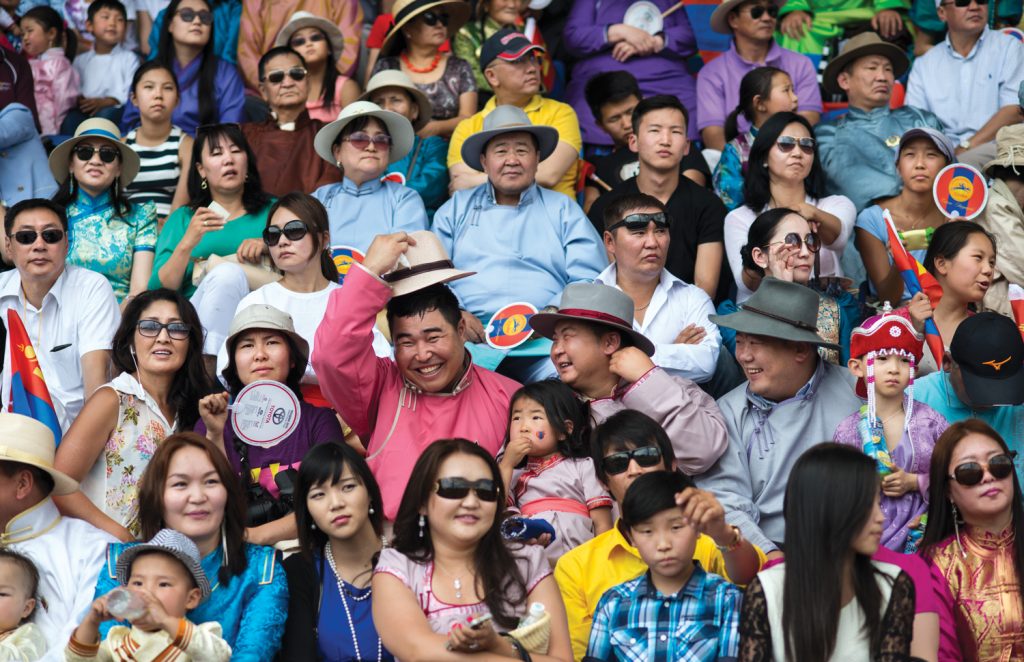
Nobody knows when exactly the tradition started. The Center for the Study of Eurasian Nomads says that it was established as a form of memorial celebration as an annual sacrificial ritual honouring various mountain gods – or it may have been established to celebrate community endeavour. Others believe that it most probably evolved from training activities for the military; experts often reference the 13th-century book The Secret History of the Mongols to prove that Naadam has been held since as early as the times of Genghis Khan, when he united the tribes to create one of the largest and fiercest empires in history. Today, his portrait is still presented at the games; even though the heyday of the empire is long gone – with Mongolia’s power just a shadow of what it once was – many still revere their Great Khan.
In the capital, the opening ceremony of the Naadam competition feels like travelling back in time: Soldiers are dressed in replicas of ancient armour, and circle the National Stadium both on foot and on horseback. They hold spears and bows and arrows and salute the thousands of spectators as if they were playing in a Mongolian version of Ben-Hur. Drums and trumpets create an epic atmosphere while the women perform traditional songs and dances. However, in a nod to modernity, Naadam is no longer reserved for men: There are also female competitions in archery and horse racing, although not in wrestling.
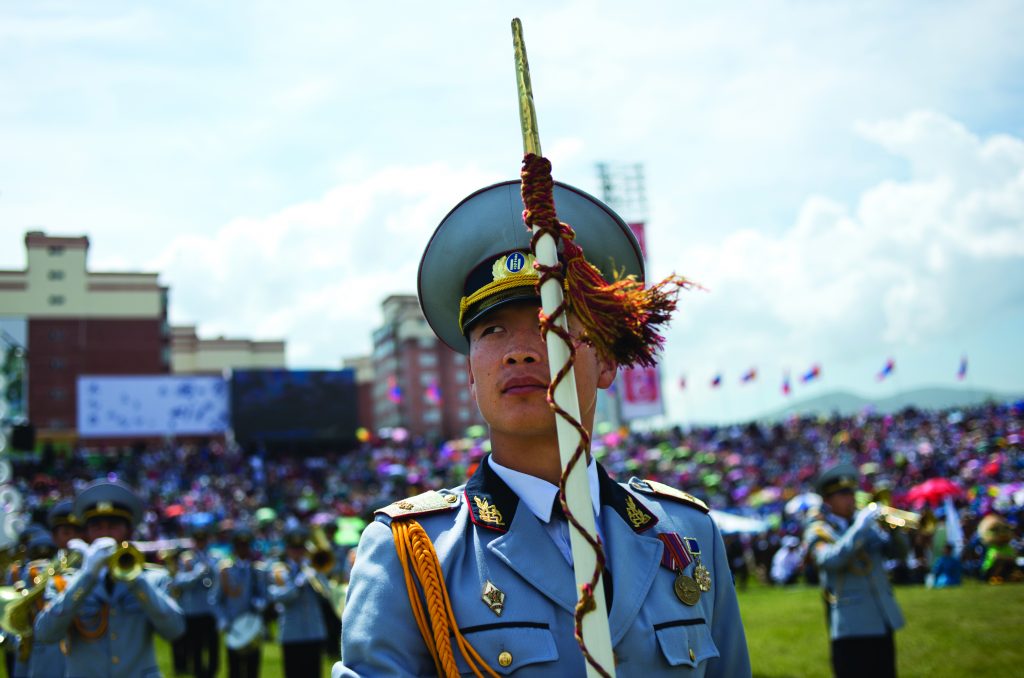
The most impressive photos belong to the moment that all the Mongolian wrestlers gather together in front of a wildly cheering audience. Both children and adults descend on the capital from all the corners of the country to display their strength and agility. Unlike international wrestling, they fight with no time limit and no weight categories, leaving many matches rather awkward, with one opponent far outweighing the other.
And yet, victory does not always belong to the heaviest competitor. Sometimes, a sudden fast movecan yield awesome results in just a matter of seconds; the one who touches the ground with something other than their hands and feet loses.The winner then plays out a ritual called devekh, or the “eagle dance”. The fact that many matches are played simultaneously makes the spectacle a bit messy and hard to follow for first-time viewers.
Mongolians love the sports and they watch it all over the country. “I would even stop herding the animals earlier to tune in for some matches,” says one nomad man at a ger in the middle of the Western Steppe.
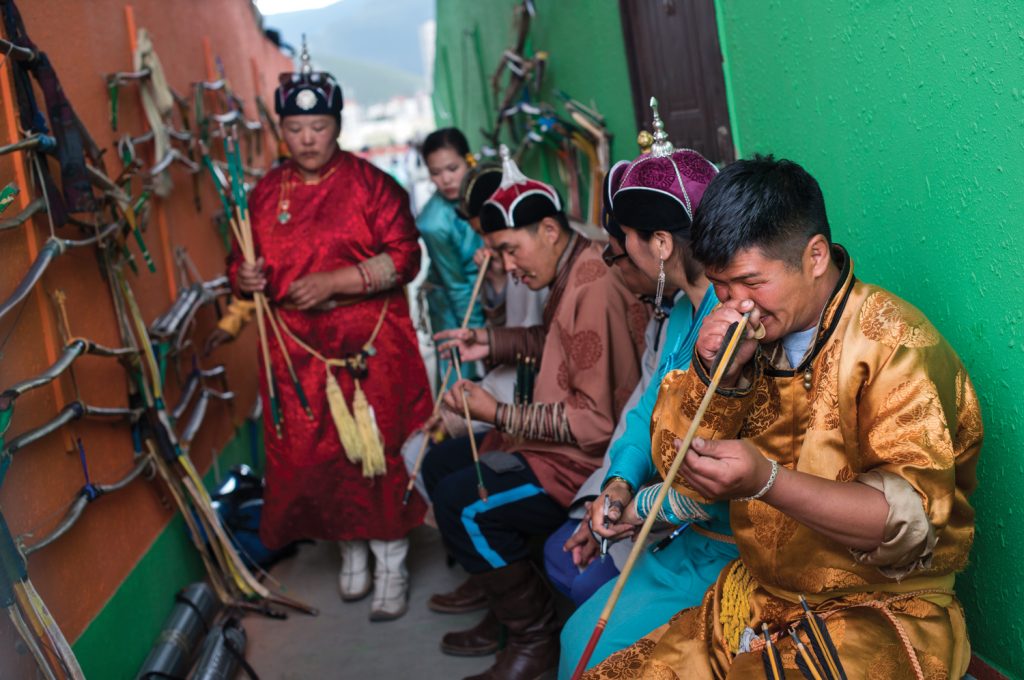
In the stadium, wrestling is by far the most popular sport; foreigners tend to enjoy the horse racing more. Held on a long track on the outskirts of the capital, the competition is spectacular: The riders cross the finish line at incredible speeds shrouded in a cloud of dust. Beyond the fervour of the competition is a dramatic festive mood and a crowd that includes a diverse range of people. Eagle hunters flaunt their birds and horses and pose with admirers between races; you can get up close to the behind-the-scenes action on the peripheries of the stadium.
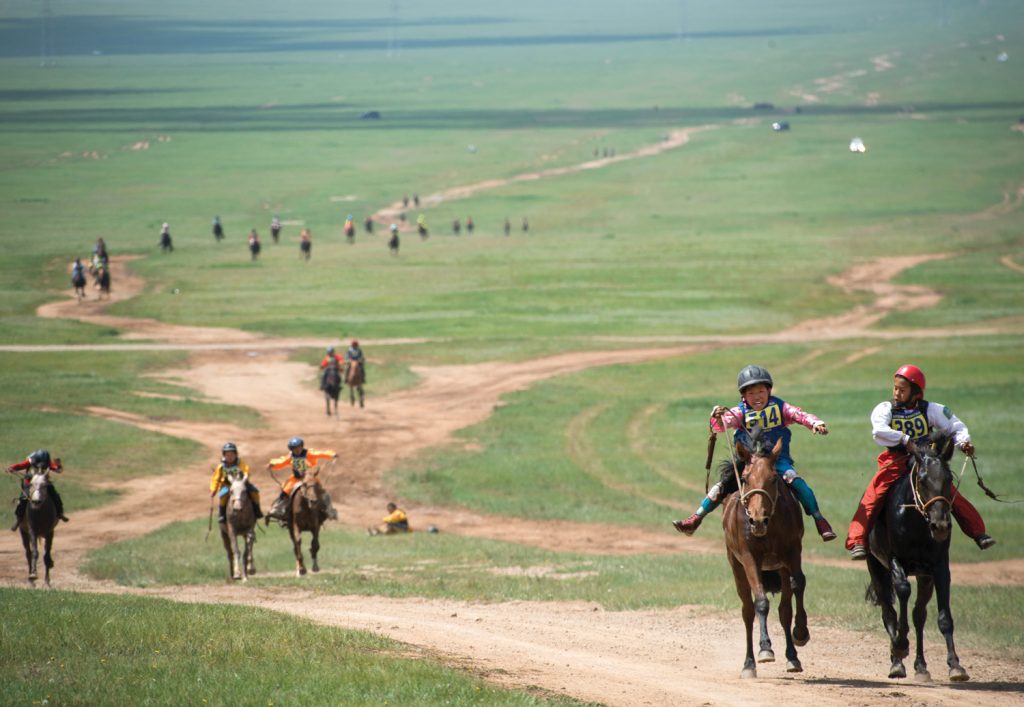
The rules are often mind-blowing for outsiders: A horse’s age determines the distance they need to run, which can be up to an exhausting 30 kilometres! Even more shocking is the age of the jockeys: They are between 5 and 13 years old. “The skills are important, but what we want to see is how good the horse is, not the one riding it,” a coach named Altantsetseg explains.
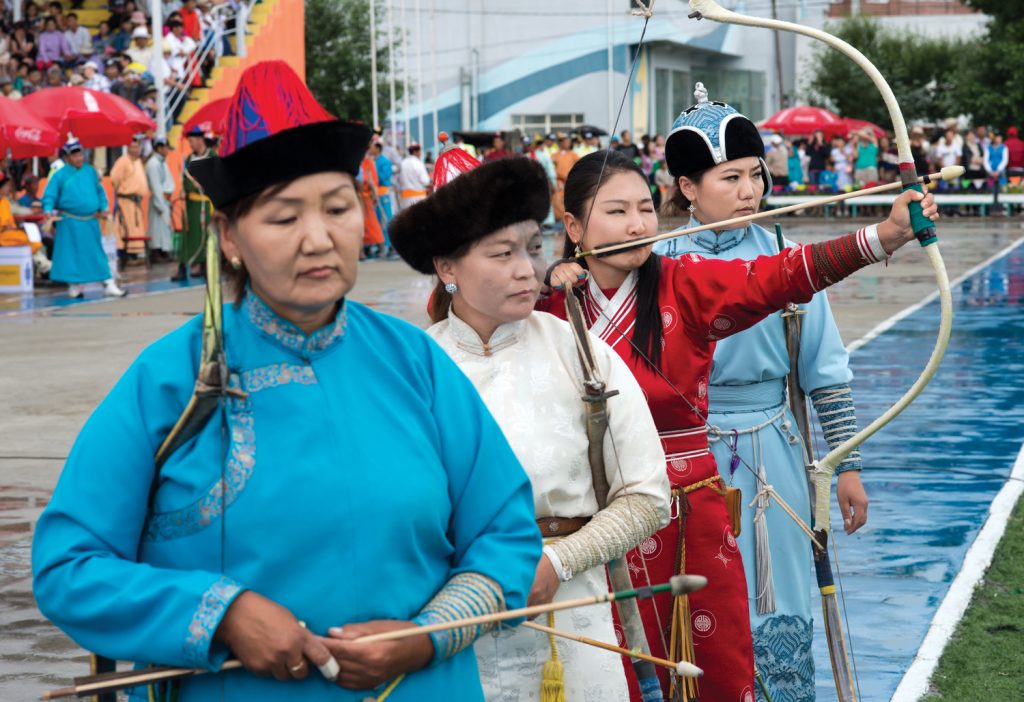
Horse racing is not always pleasant to watch. During our stay, at least two animals had to be put down after suffering nasty injuries; people explained that this is a recurring event. In one case, a young jockey was also (thankfully) only slightly injured, although his tears were mostly caused by the pain of watching his beloved horse suffering. Several organisations have requested that the government impose a ban on allowing such young jockeys to compete, but to no avail. The only action that was taken was a new rule enforcing that helmets are compulsory, although many in the rural competitions still don’t wear them.
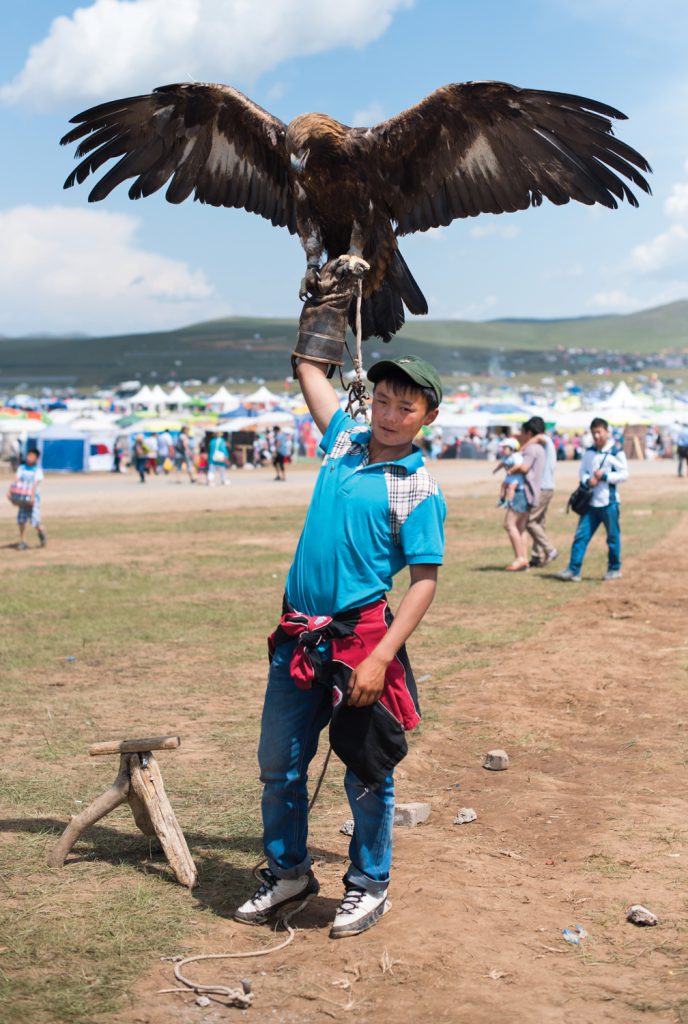
The main events are held in Ulaanbaatar in the middle of July, but it’s still possible to catch the preliminary competitions across the country weeks before the finals are held. Every town seems to have a fenced arena for their traditional sports, and it’s often more interesting to attend these more raw and rural events than to watch the activities at the National Stadium, where flashy billboards abound.
The infrastructure is more basic outside of the capital, but the spirit of the competition is more fervent – and there is a chance to see the contenders up close. Competitors will often chat with visitors and even invite them for a meal afterwards. “I prefer to attend the matches here,” shares a youngster in Zaamar, a couple of hundred kilometres east of the capital. “Although the standard may be lower, we know the people and the excitement is far greater.”
Related: Discover The Silk Road
Related: Discovering Dunhuang
Related: Kazakhstan: Diamond in the Rough
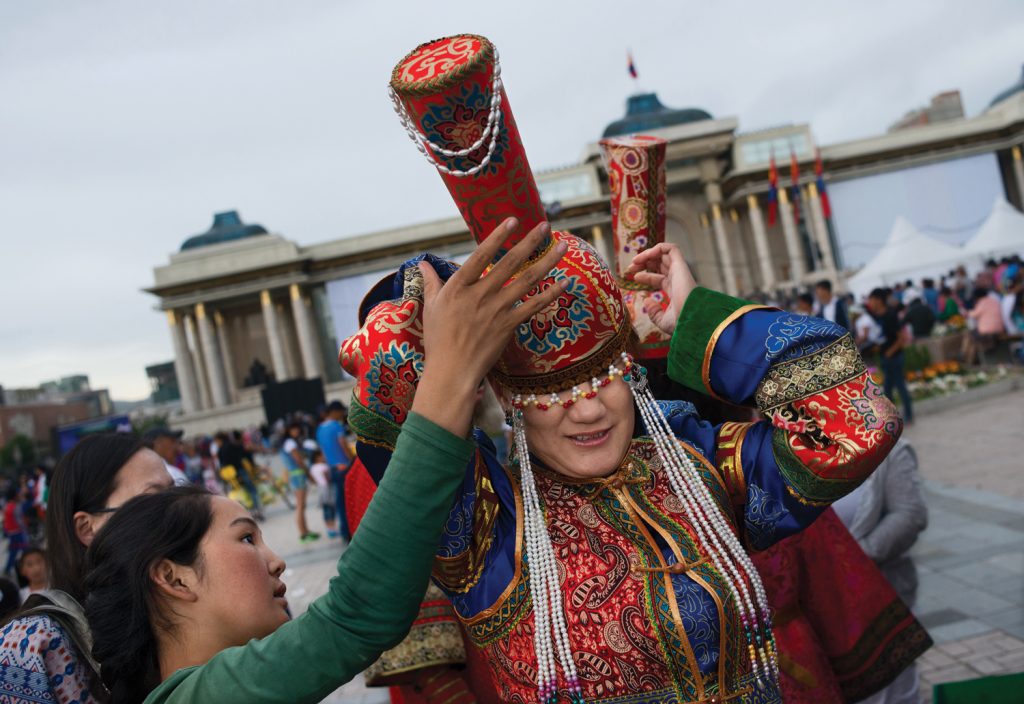
Those who are not interested in sports will also enjoy Naadam. Many cultural activities are held across Ulaanbaatar during this time, and there is an opportunity to jostle with the local population from all corners of the country – kitted out in their best traditional costumes. Concerts are often held at Sukhbaatar Square, and fireworks light up the sky close to midnight. Into the early hours of the morning, parties are in full swing, and the city dances away until sunrise.
It’s a testimony to the fact that Mongolia is also well up to speed with the developments of the 21st century: Inside the modern discos and pubs, the traditional deel tunic has been traded in for the latest fashion items, and ancient tunes have faded into techno. However, the vodka flows as it always has – a reminder that some traditions never change.
For more stories and photographs from this issue, see Asian Geographic Issue 128, 2017



